Naval Aviation Technology
Naval aviation involves the use of aircraft by navies for various purposes, including reconnaissance, strike missions, anti-submarine warfare, transport, and more. The technology used in naval aviation has evolved significantly over the years, incorporating advancements in aircraft design, avionics, weaponry, and support systems. Here are some key aspects of the technology of naval aviation:
Aircraft Design:
Carrier-Based Aircraft: Naval aviation primarily involves carrier-based aircraft designed to take off from and land on aircraft carriers. These aircraft often have features like reinforced landing gear, tailhooks for arrested landings, and wings that can be folded to save space on the carrier deck.VTOL (Vertical Takeoff and Landing) Aircraft:
Some naval aircraft, like the Harrier Jump Jet, are capable of vertical takeoffs and landings, eliminating the need for catapults and arresting gear on carriers.Carrier Operations:
Catapults and Arresting Gear:
Modern aircraft carriers use catapults to launch aircraft from the deck. Arresting gear, such as cables, is used for controlled landings by catching the aircraft's tailhook.Aircraft carriers use catapults to launch aircraft from their decks. Catapults are crucial for enabling fixed-wing aircraft to achieve the necessary takeoff speed in the limited deck length of an aircraft carrier. There are two main types of catapult systems used on modern aircraft carriers: steam catapults and electromagnetic catapults:
Steam Catapults:
Principle:
Steam catapults use steam pressure to power a piston-driven system that accelerates the aircraft down the deck for takeoff.Components:
The system typically includes a steam generator, an accumulator, and a catapult cylinder.Operation:
Steam is generated in the catapult's steam generator. When an aircraft is ready to launch, steam is diverted to the catapult cylinder, building up pressure. The steam pressure is then released, rapidly extending the catapult cylinder and launching the aircraft.Electromagnetic Aircraft Launch System (EMALS):
Principle: EMALS use electromagnetic technology to provide a smoother and more precise acceleration to aircraft during takeoff.Components: EMALS consists of a linear induction motor, power electronics, and advanced control software.
Operation: Instead of steam, EMALS uses electromagnetic technology to generate the force needed for catapulting. The linear induction motor interacts with a carriage underneath the aircraft, providing a controlled acceleration along the deck.
Advantages of Electromagnetic Catapults (EMALS):
-Precision: EMALS provides a more precise control of the launch process, allowing for better matching of the catapult's force with the specific requirements of different aircraft types.
-Reduced Stress on Aircraft: EMALS can apply a smoother acceleration profile, reducing stress on the airframe and increasing the lifespan of the aircraft.
-Flexibility: Unlike steam catapults, EMALS can be easily adjusted to accommodate different aircraft sizes and weights.
Challenges and Considerations:
-Cost: Electromagnetic catapult systems are generally more expensive to develop and install compared to traditional steam catapults.
-Maintenance: EMALS systems require regular maintenance, and their complexity may pose challenges for repairs in certain operational conditions.
As of my knowledge cutoff in January 2022, the United States Navy has been a pioneer in the adoption of electromagnetic catapult technology. The Electromagnetic Aircraft Launch System (EMALS) has been integrated into the latest Ford-class aircraft carriers, such as the USS Gerald R. Ford (CVN 78). Other navies may continue to use steam catapults or explore electromagnetic systems as they modernize their aircraft carrier fleets.
Advanced Deck Handling Systems:
Carriers are equipped with advanced systems for handling and moving aircraft on the deck, including elevators for transporting aircraft between the flight deck and hangar deck.Naval Aircraft Avionics:
Navigation and Communication Systems:
Naval aircraft are equipped with advanced navigation and communication systems to operate effectively over large bodies of water.Radar and Sensor Systems:
Modern naval aircraft are equipped with powerful radar and sensor systems for surveillance, targeting, and threat detection.Naval Aircraft Weapons Systems:
Precision-Guided Munitions:
Naval aircraft are armed with a variety of precision-guided munitions, such as guided missiles and laser-guided bombs, for accurate and targeted strikes.Airborne Anti-Ship Missiles:
Some naval aircraft are equipped with anti-ship missiles designed to engage and destroy enemy surface vessels.Naval Aircraft Electronic Warfare (EW):
Electronic Countermeasures (ECM):
Naval aircraft are equipped with ECM systems to jam or disrupt enemy radar and communication systems.Electronic Support Measures (ESM):
ESM systems are used for electronic surveillance and intelligence gathering.Naval Aircraft Types:
Fixed-Wing Aircraft:
These include fighter jets, reconnaissance planes, and anti-submarine warfare aircraft.Helicopters:
Naval helicopters are used for anti-submarine warfare, search and rescue, transport, and other roles.Naval Communication and Network-Centric Warfare:
Naval aviation is integrated into a broader network-centric warfare environment, where communication and information-sharing systems allow for coordinated operations between different naval assets.Naval Unmanned Aerial Vehicles (NUAVs):
The use of UAVs in naval aviation has increased, providing capabilities for reconnaissance, surveillance, and even strike missions without risking human pilots.Training and Simulation:
Advanced training programs and simulators are used to train naval aviators, allowing them to practice various scenarios and operations in a controlled environment. Naval aviation is a dynamic field that continues to evolve with advancements in technology, ensuring the effectiveness of maritime air power for navies around the world.- Lohner E (1913)
- Macchi M3 (1916)
- Macchi M5 (1918)
- Ansaldo ISVA (1918)
- Sopwith Baby (1916)
- Short 184 (1916)
- Fairey Campania (1917)
- Sopwith Cuckoo (1917)
- Felixstowe F.2 (1917)
- Friedrichshafen FF 33 (1916)
- Albatros W4 (1916)
- Albatros W8 (1918)
- Hanriot HD.2
- Grigorovitch M5
- IJN Farman MF.7
- IJN Yokosho Type Mo
- Yokosho Rogou Kougata (1917)
- Yokosuka Igo-Ko (1920)
- Curtiss N9 (1916)
- Aeromarine 39
- Vought VE-7
- Douglas DT (1921)
- Boeing FB.5 (1923)
- Boeing F4B (1928)
- Vought O2U/O3U Corsair (1928)
- Blackburn Blackburn (1922)
- Supermarine Seagull (1922)
- Blackburn Ripon (1926)
- Fairey IIIF (1927)
- Fairey Seal (1930)
- LGL-32 C.1 (1927)
- Caspar U1 (1921)
- Dornier Do J Wal (1922)
- Rohrbach R-III (1924)
- Mitsubishi 1MF (1923)
- Mitsubishi B1M (1923)
- Yokosuka E1Y (1923)
- Nakajima A1N (1927)
- Nakajima E2N (1927)
- Mitsubishi B2M (1927)
- Nakajima A4N (1929)
- CANT 18
WW1
✠ K.u.K. Seefliegerkorps:
 Italian Naval Aviation
Italian Naval Aviation
 RNAS
RNAS
 Marineflieger
Marineflieger
 French Naval Aviation
French Naval Aviation
 Russian Naval Aviation
Russian Naval Aviation
 IJN Air Service
IJN Air Service
 USA
USA
Interwar
 Interwar US
Interwar US
 Interwar Britain
Interwar Britain
 Interwar France
Interwar France
 Interwar Germany
Interwar Germany
 Interwar Japan
Interwar Japan
 Interwar Italy
Interwar Italy
- Curtiss SOC seagull (1934)
- Grumman FF (1931)
- Curtiss F11C Goshawk (1932)
- Grumman F2F (1933)
- Grumman F3F (1935)
- Northrop BT-1 (1935)
- Grumman J2F Duck (1936)
- Consolidated PBY Catalina (1935)
- Brewster/NAF SBN-1 (1936)
- Curtiss SBC Helldiver (1936)
- Vought SB2U Vindicator (1936)
- Brewster F2A Buffalo (1937)
- Douglas TBD Devastator (1937)
- Vought Kingfisher (1938)
- Curtiss SO3C Seamew (1939)
- Douglas SBD Dauntless (1939)
- Grumman F4F Wildcat (1940)
- F4U Corsair (NE) (1940)
- Brewster SB2A Buccaneer (1941)
- Grumman TBF/TBM Avenger (1941)
- Consolidated TBY Sea Wolf (1941)
- Grumman F6F Hellcat (1942)
- Curtiss SB2C Helldiver (1942)
- Curtiss SC Seahawk (1944)
- Grumman F8F Bearcat (1944)
- Ryan FR-1 Fireball (1944)
- Douglas AD-1 Skyraider (1945)
Fleet Air Arm
- Fairey Swordfish (1934)
- Blackburn Shark (1934)
- Supermarine Walrus (1936)
- Fairey Seafox (1936)
- Blackburn Skua (1937)
- Short Sunderland (1937)
- Blackburn Roc (1938)
- Fairey Albacore (1940)
- Fairey Fulmar (1940)
- Grumman Martlet (1941)
- Hawker sea Hurricane (1941)
- Brewster Bermuda (1942)
- Fairey Barracuda (1943)
- Fairey Firefly (1943)
- Grumman Tarpon (1943)
- Grumman Gannet (1943)
- Supermarine seafire (1943)
- Blackburn Firebrand (1944)
- Hawker Sea Fury (1944)
IJN aviation
- Aichi D1A "Susie" (1934)
- Mitsubishi A5M "Claude" (1935)
- Nakajima A4N (1935)
- Yokosuka B4Y "Jean" (1935)
- Mitsubishi G3M "Nell" (1935)
- Nakajima E8N "Dave" (1935)
- Kawanishi E7K "Alf" (1935)
- Nakajima B5N "Kate" (1937)
- Kawanishi H6K "Mavis" (1938)
- Aichi D3A "Val" (1940)
- Mitsubishi A6M "zeke" (1940)
- Nakajima E14Y "Glen" (1941)
- Nakajima B6N "Jill" (1941)
- Mitsubishi F1M "pete" (1941)
- Aichi E13A Reisu "Jake" (1941)
- Kawanishi E15K Shiun "Norm" (1941)
- Nakajima C6N Saiun "Myrt" (1942)
- Yokosuka D4Y "Judy" (1942)
- Kyushu Q1W Tokai "Lorna" (1944)
Luftwaffe
- Arado 196 (1937)
- Me109 T (1938)
- Blohm & Voss 138 Seedrache (1940)
Italian Aviation
- Savoia-Marchetti S.55
- IMAM Ro.43/44
- CANT Z.501 Gabbiano
- CANT Z.506 Airone
- CANT Z.508
- CANT Z.511
French Aeronavale
- GL.300 (1926-39)
- Levasseur PL.5 (1927)
- Potez 452 (1935)
- Loire 210 (1936)
- Loire 130 (1937)
- LN 401 (1938)
Soviet Naval Aviation
- Shavrov SH-2 (1928)
- Tupolev TB-1P (1931)
- Beriev MBR-2 (1930)
- Tupolev MR-6 (1933)
- Tupolev MTB-1 (1934)
- Beriev Be-2 (1936)
- Polikarpov I16 naval (1936)
- Tupolev MTB-2 (1937)
- Ilyushine DB-3T/TP (1937)
- Beriev Be-4 (1940)
-
Skoda Š-328V
R-XIII Idro
Fokker C.XI W (1934)
WW2
- De Havilland Sea Vixen
- Hawker Sea Hawk
- Supermarine Scimitar
- Blackburn Buccaneer
- Hawker Sea Harrier
- Douglas A4 Skyhawk
- Grumman F9F Panther
- Vought F8 Crusader
- McDonnell-Douglas F-4 Phantom-II
- North Am. A5 Vigilante
- TU-142
- Yak 38 forger
☢ Cold War
✧ NATO
 Fleet Air Arm
Fleet Air Arm
 US Navy
US Navy
☭ Warsaw Pact
Merch
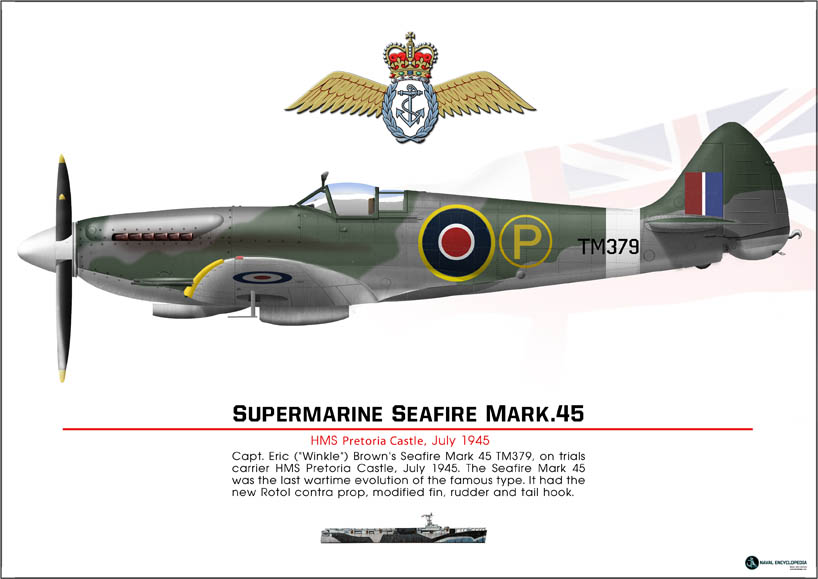
Seafire Mark 45; HMS Pretoria Castle
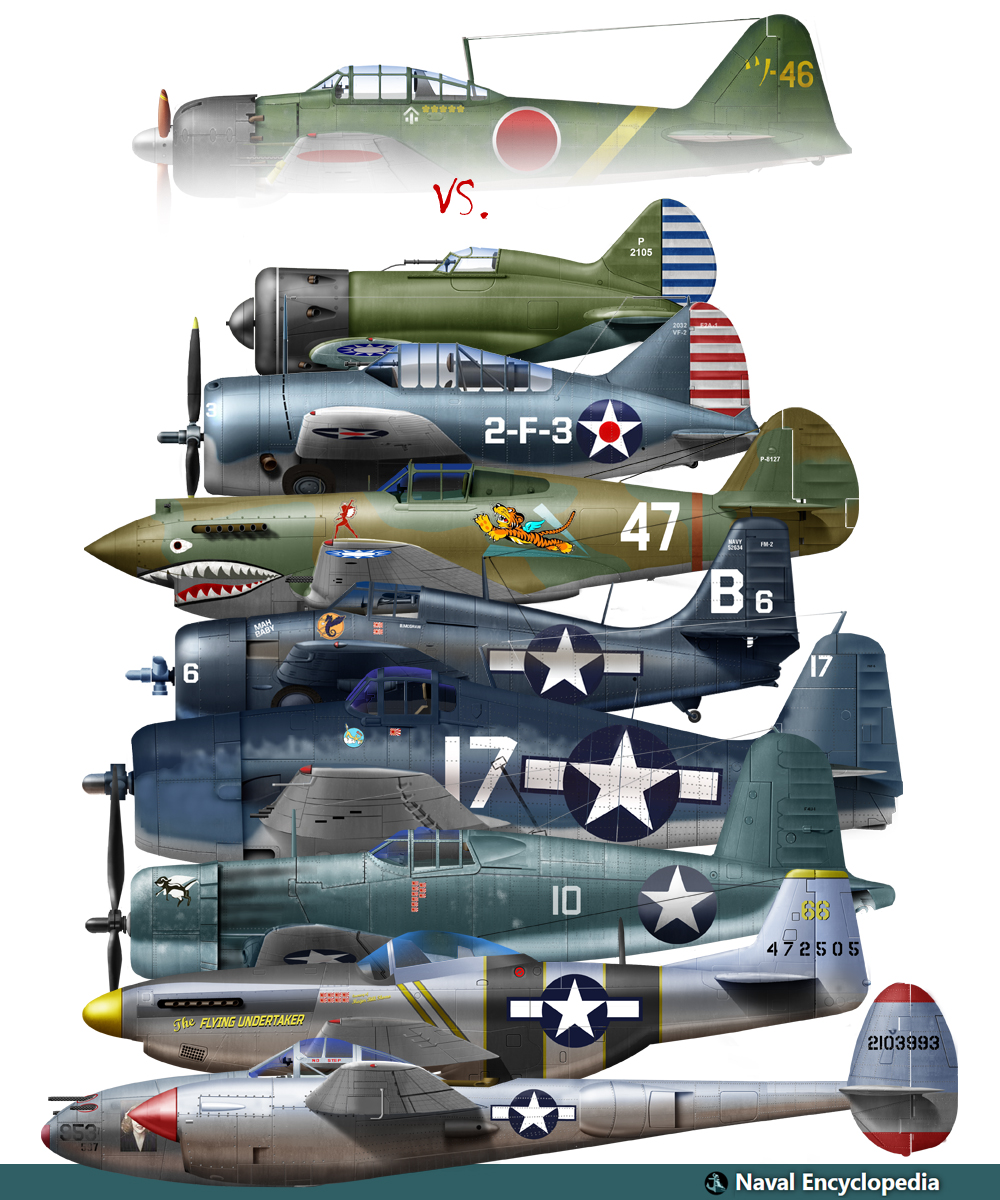
Zeros vs its aversaries
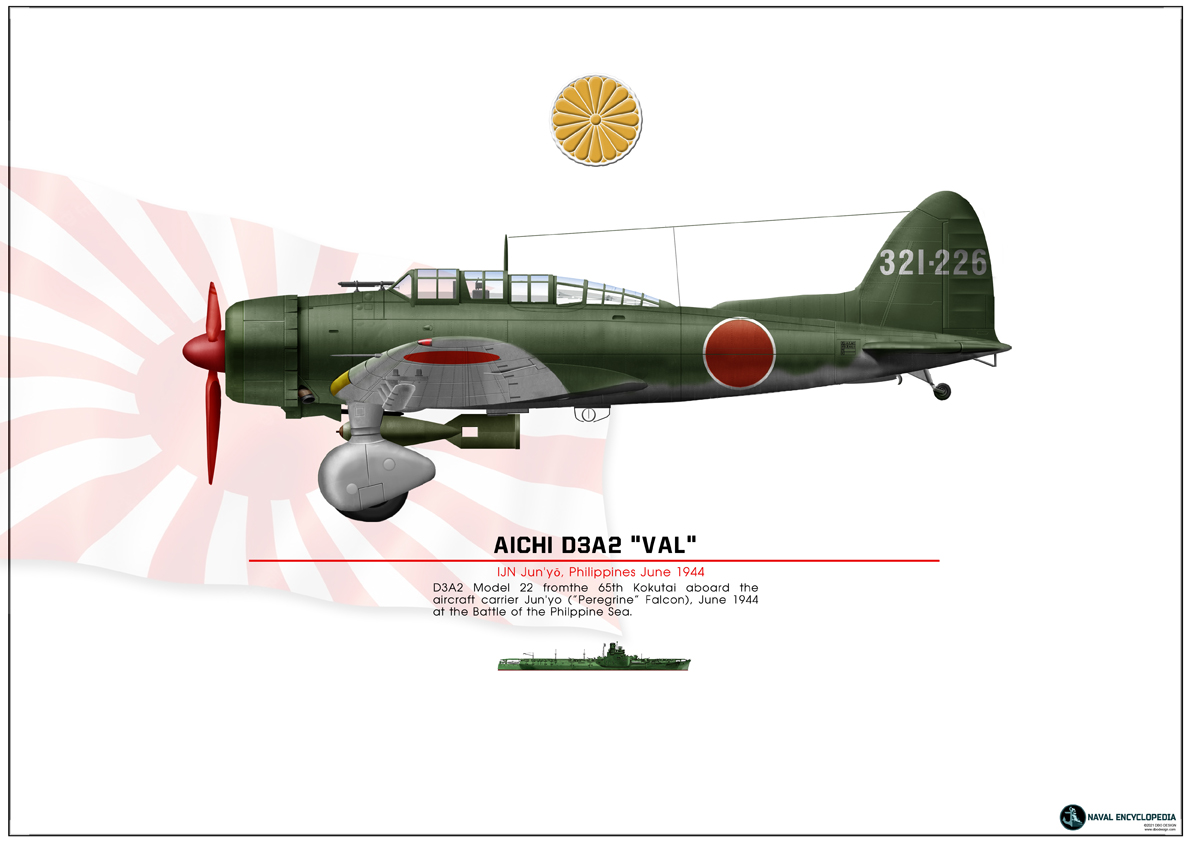
Aichi D3A “Val” Junyo
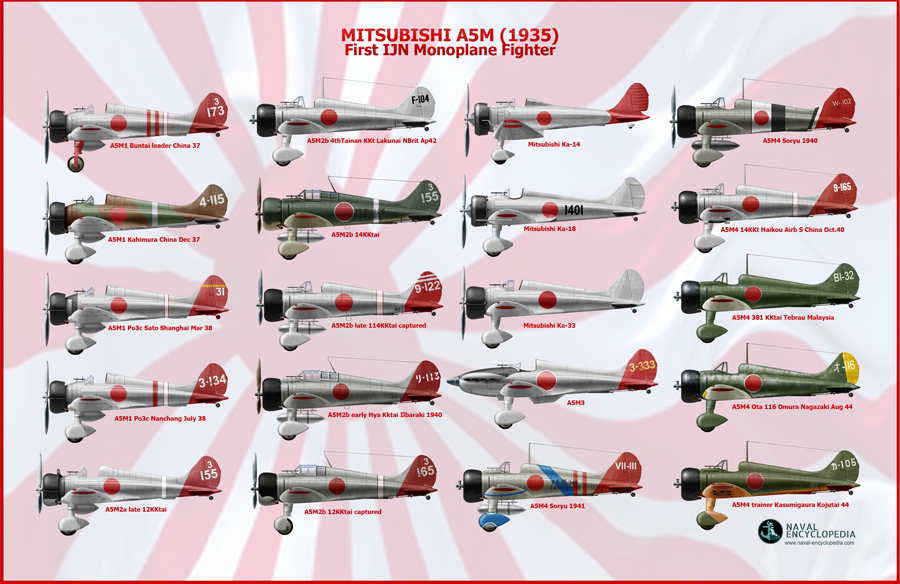
Mitsubishi A5M poster
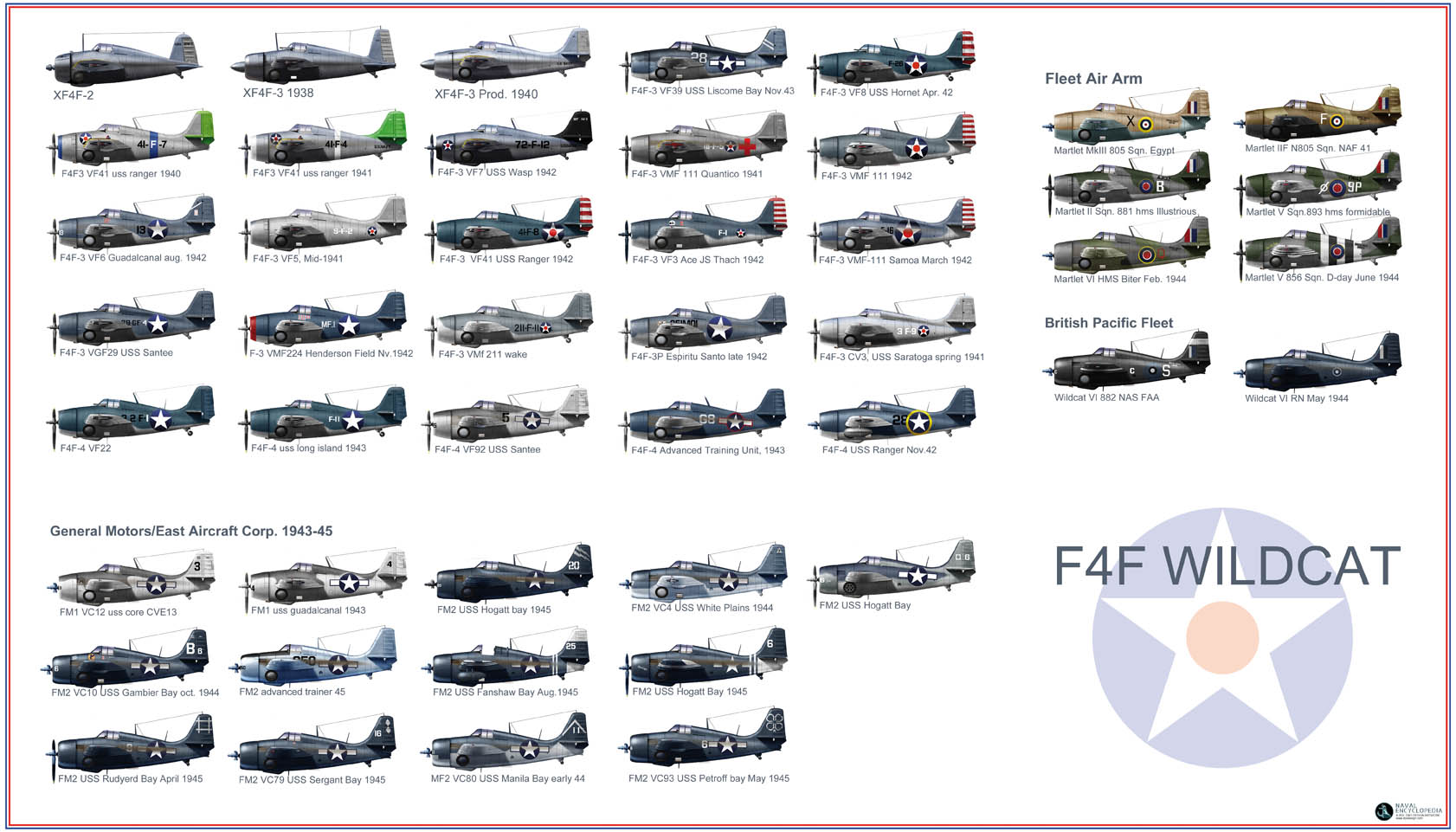
F4F wildcat
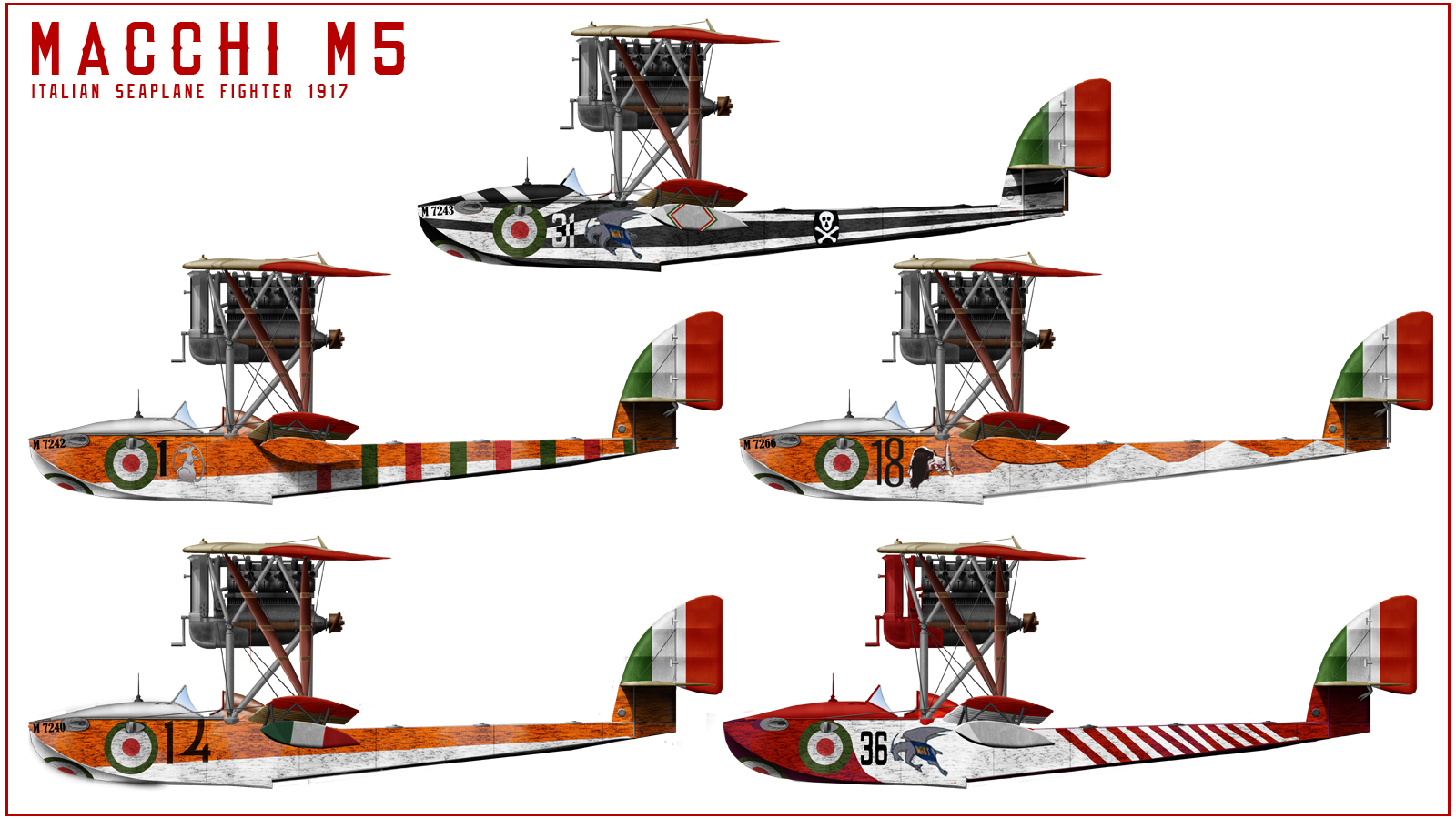
Macchi M5
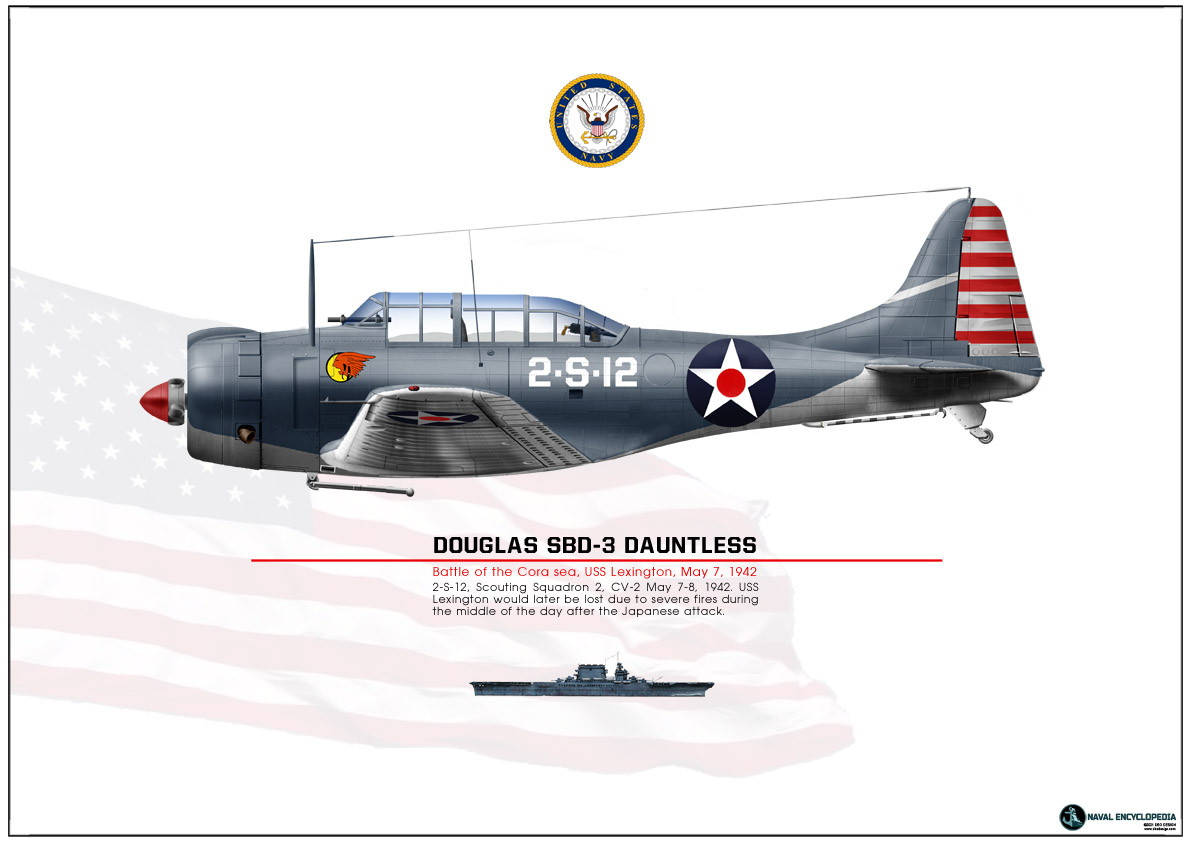
SBD Dauntless Coral Sea
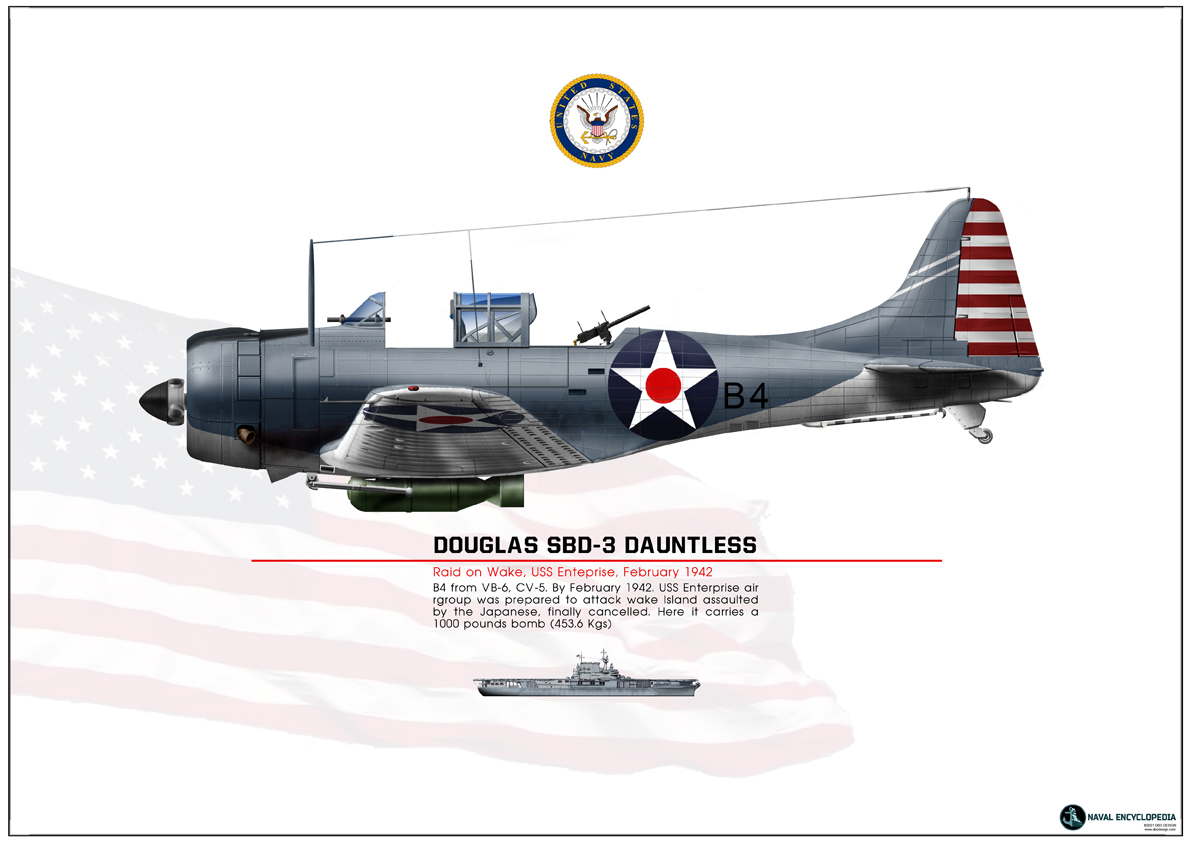
SBD Dauntless USS Enterprise
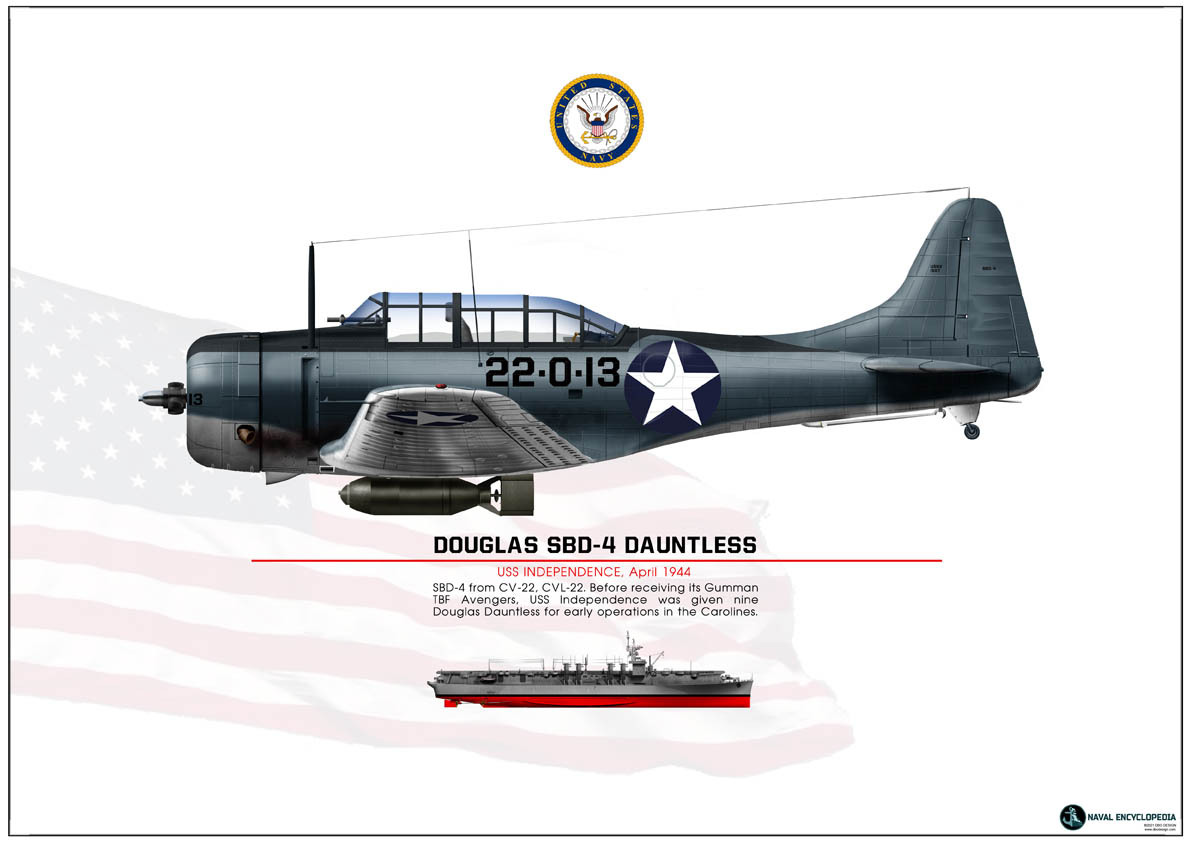
SBD-4 CV22